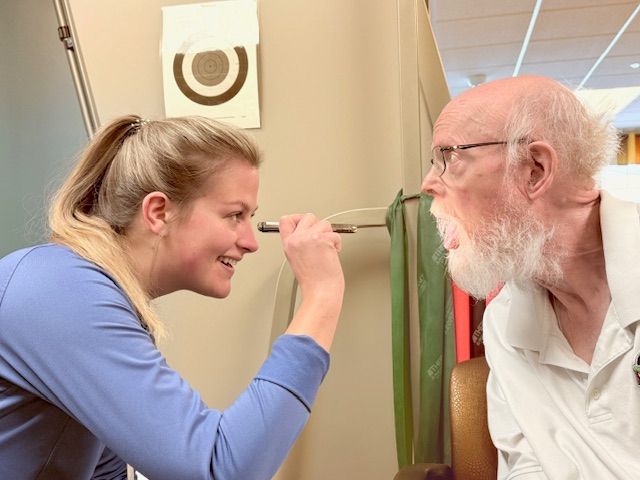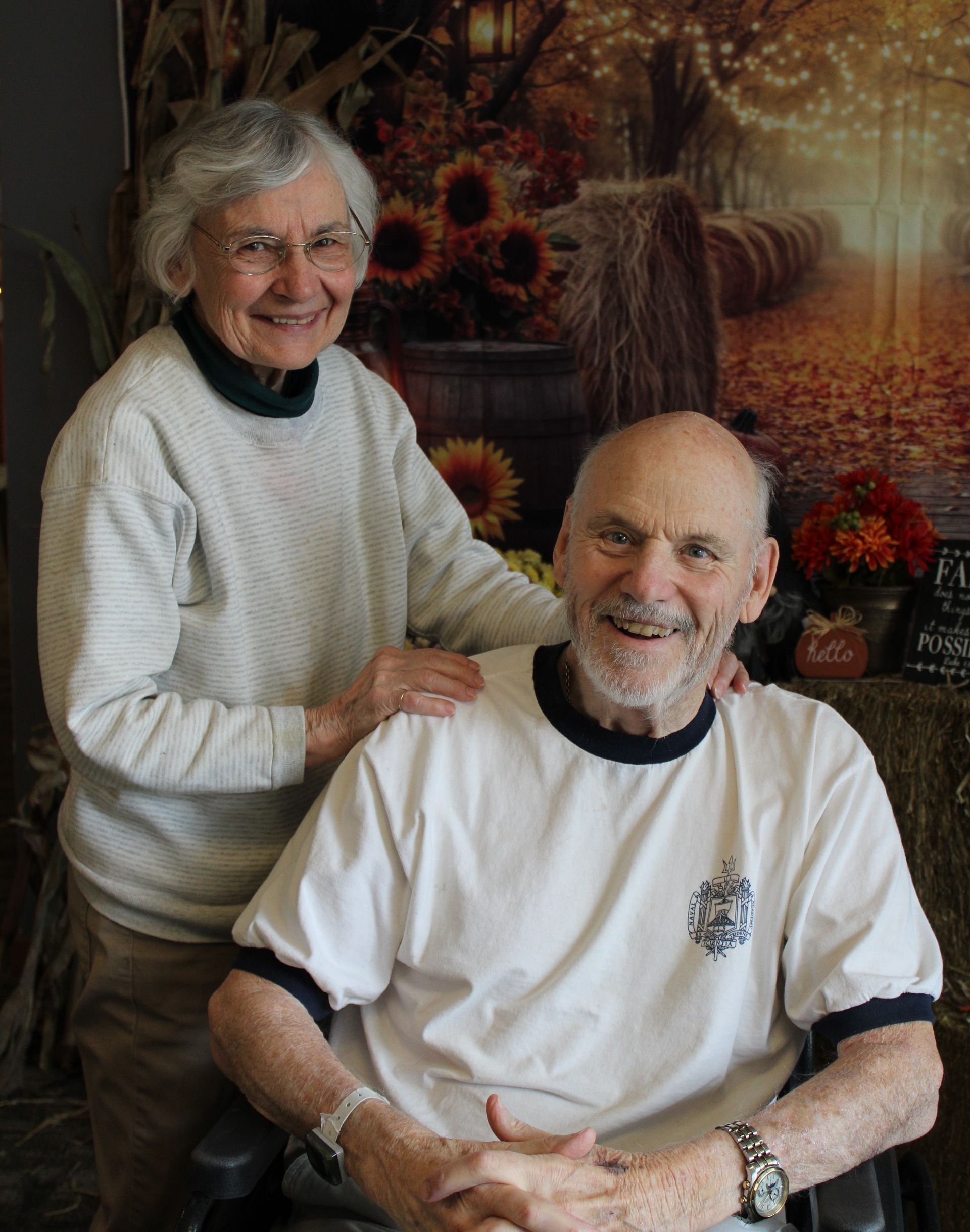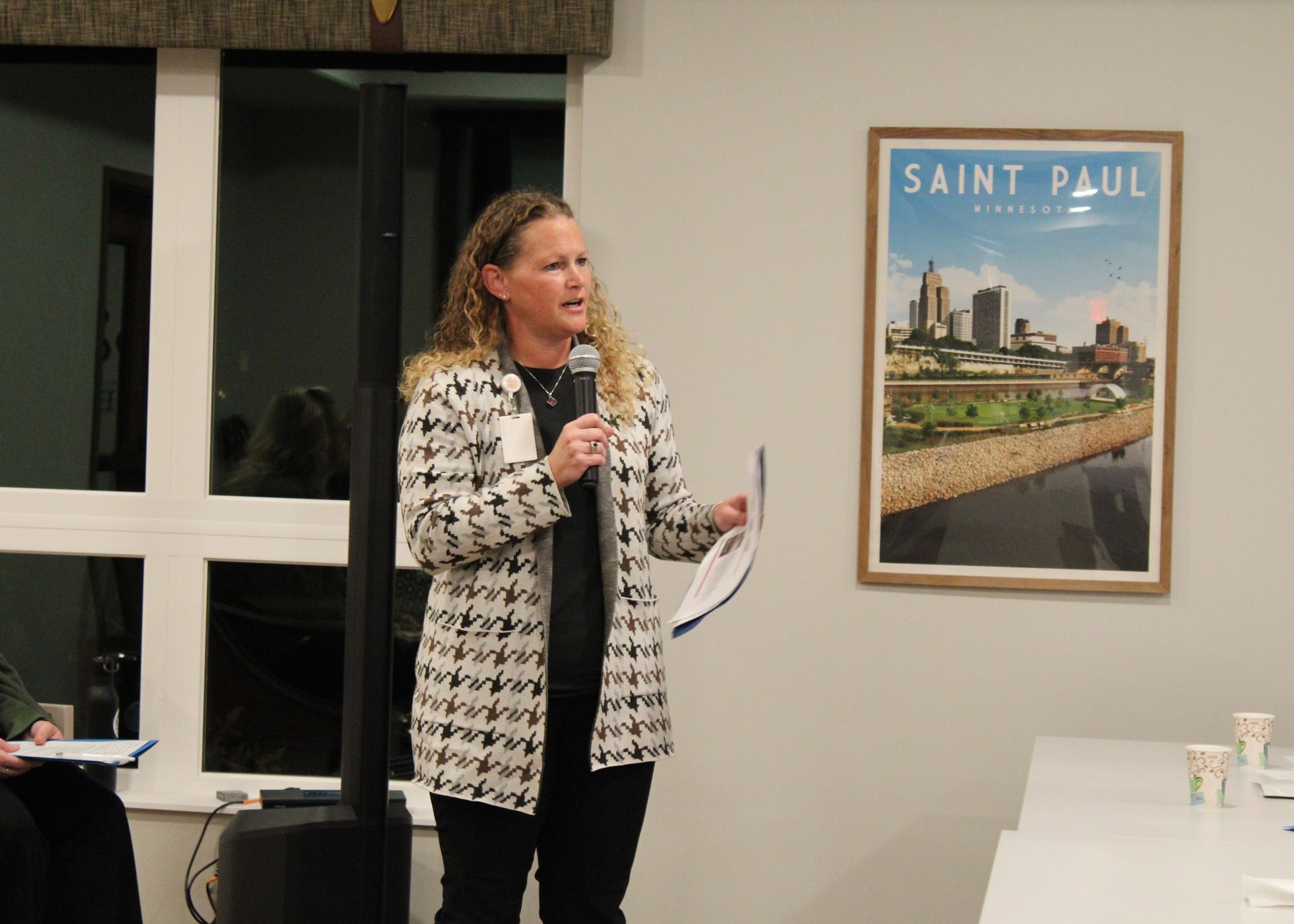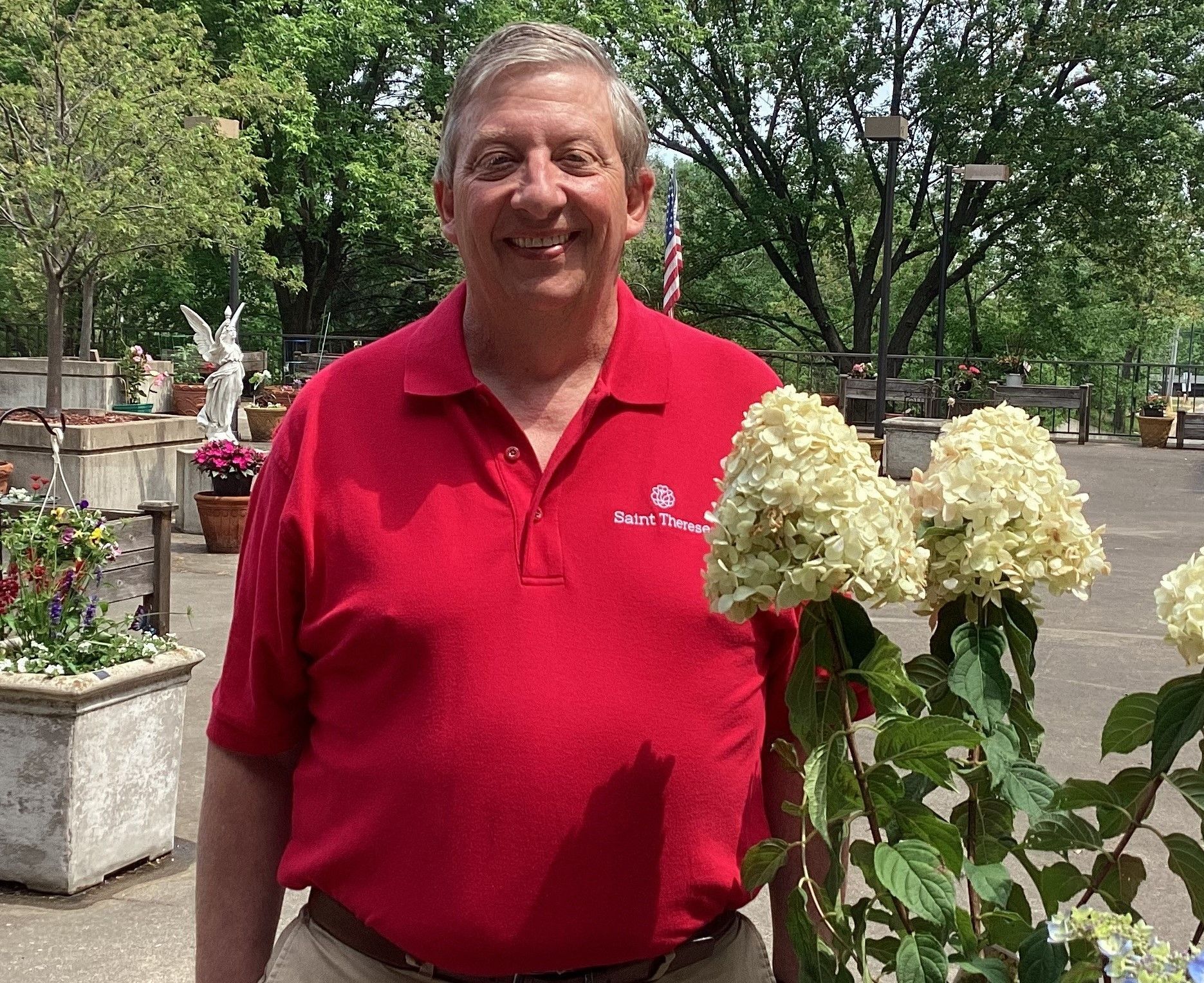
Greg Heigel, Saint Therese’s Iconic Ambassador
When 16-year-old high school student Greg Heigel was first hired at Saint Therese of New Hope, he never would have believed he’d still be an employee after 45 years. But, today on his 45th work anniversary, he’s still very passionate about being a part of an organization that takes such good care of seniors.
“I’m proud to say I’ve worked here this long,” said Greg. “This is not work, it’s a family and I’ve made the best friends of my life here.”
Greg joined the company in 1978 while still going to Cooper High School, and when the Residence building was just being built and 18 Catholic nuns still lived at New Hope. His first job was as a dishwasher and eventually he became a dietary aide and a storeroom clerk for food deliveries.
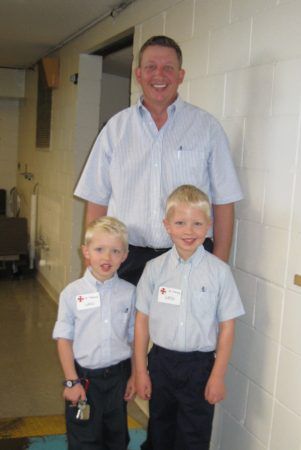
It was when he was promoted to morning cook that he found his true calling. “I’ve always been a cook,” Greg said. “I cook at home and when we go on vacation, the first thing I think about is the menu and what we’re going to eat.”
He took the Cook-Chef Program at Hennepin Technical College and began to take on increasing responsibilities through a variety of jobs at Saint Therese – evening chef, food production manager and assistant director of dining. He wanted to continue to deepen his culinary skills, so he attended the St. Paul Technical College to get a dietary manager’s degree. “I took it very seriously and wanted to be best in class.”
At one point, he said he needed a break from dining and was named the Materials Management supervisor, and later he added grounds supervisor to his repertoire. He said it was in this role that he really began to understand the business because he was ordering all of the supplies for all the departments in the company, and in so doing, built long and deep relationships with vendors.
Ten years later, Greg had an opportunity to return to dining and was promoted to Dining Director, where he oversaw dining for both the care center and the residence. Among his accomplishments was reorganizing and designing the kitchens in the care center to become what they are today, serving kitchens.
Greg said some of the highlights of his long tenure have been the special events that have been held for residents and staff, such as elegant dinners, luaus, Western-themed events, golf outings and special meals for the Board of Directors and the Saint Therese Auxiliary. And, participating in golf outings or fishing trips with residents where he got to know them better.
He is now Campus Dining Services and Purchasing Director, which means he manages more than 50 people and oversees the care center kitchen, residence kitchen, three serving kitchens, Café Rose and materials management.

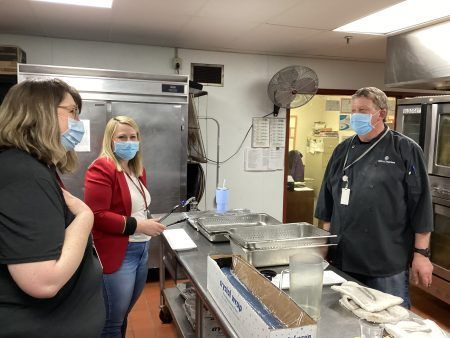
Although hard work and dedication have played a role in his staying power, he also credits great supervisors over the years who have seen his potential and given him opportunities to stay. He remains a very valued employee and because of his unmatched knowledge of the company, leadership often taps him for involvement in a number of committees such as the safety committee, emergency preparedness and the workforce advisory group.
Greg gets emotional when talking about what has kept him at Saint Therese for so many years. “It’s about the great care that we provide every day, the great meals, the great service, the great rehab. I truly believe it.” And that trust extends to his own family, as two of his grandmas lived here before passing.
He is also passionate about giving back to Saint Therese through the employee giving program. He and his wife, Cindy, donate regularly and Greg said, “Giving back is something that is dear to my heart and part of the passion I hold towards Saint Therese.”
“Greg’s journey is remarkable and his dedication to Saint Therese of New Hope is admirable,” said Christine DeLander, executive director at Saint Therese of New Hope. “He is a true servant and very passionate about our mission; he shows up to work ready to do ordinary things with extraordinary love, be it managing day to day operations, cooking, washing dishes, ordering supplies, or delivering them where they are needed. He is the jack of all trades, and we are blessed to have him on our team and thank him on behalf of everyone for his stewardship all these years!”
About
At Saint Therese, our heartfelt purpose since 1968 has been a people first approach to living well by providing senior care and services where every life we touch feels welcomed, respected, and heard. We achieve this by doing ordinary things with extraordinary love every single day. Contact us to learn more.

